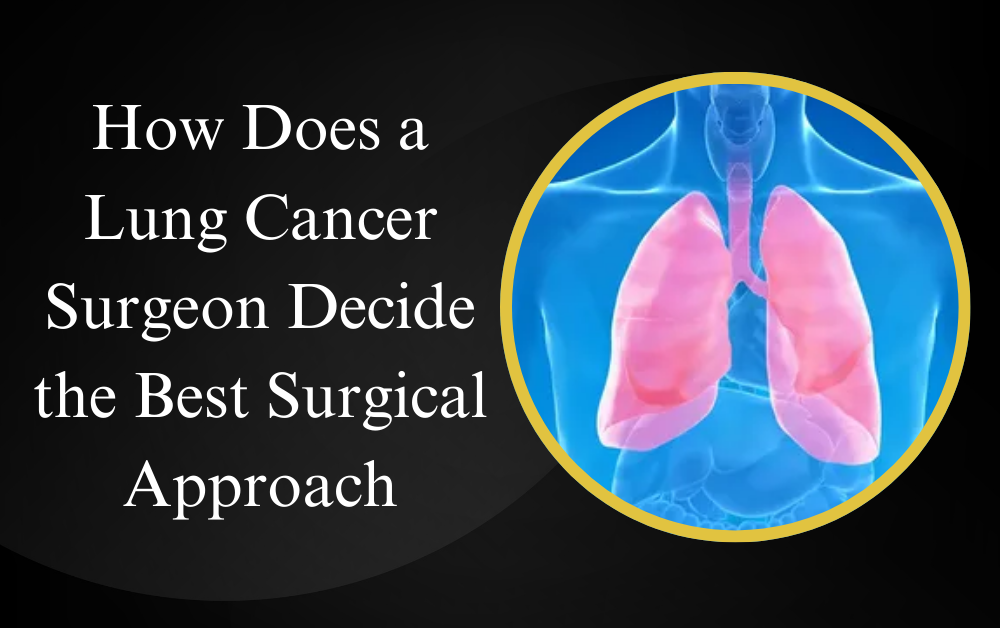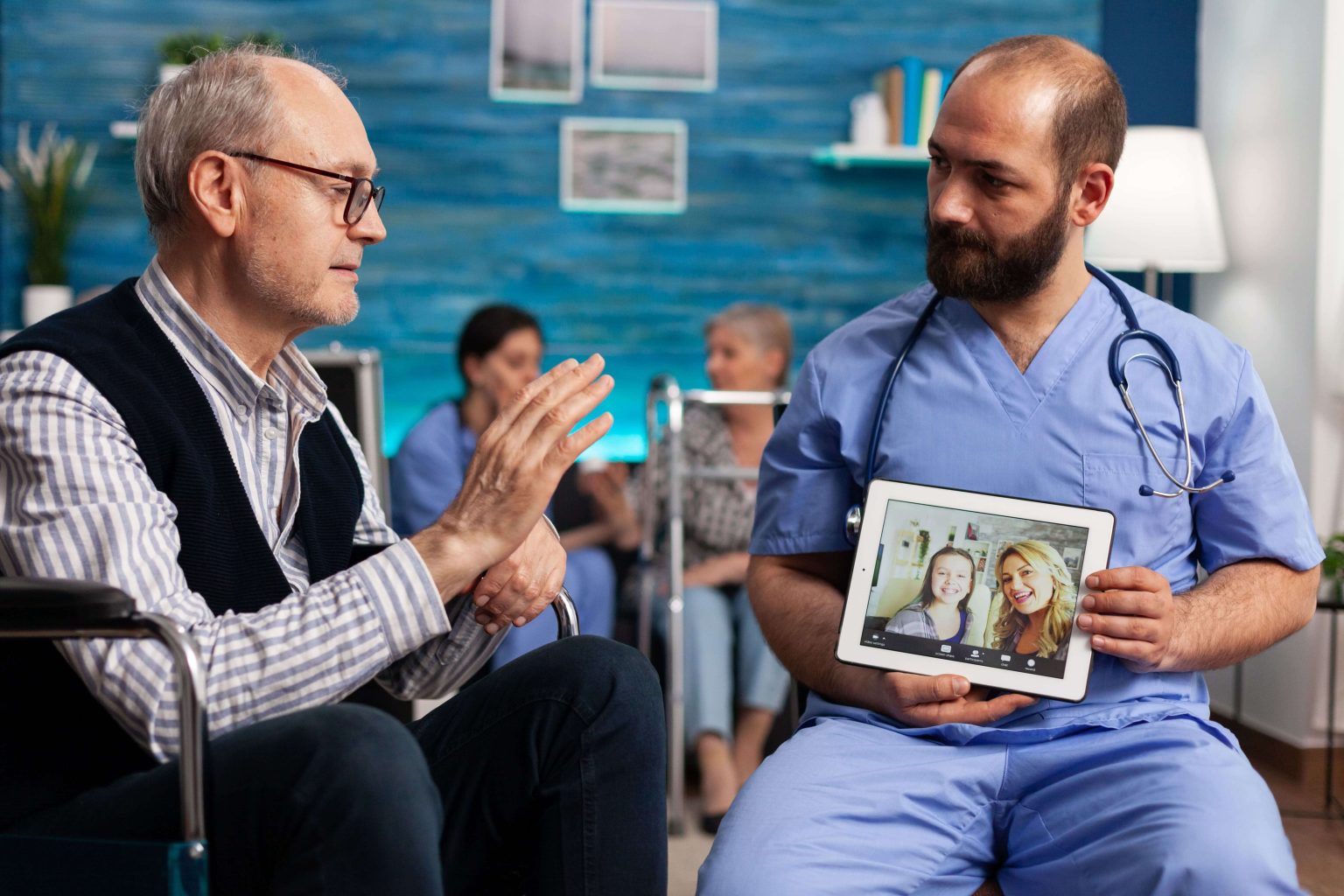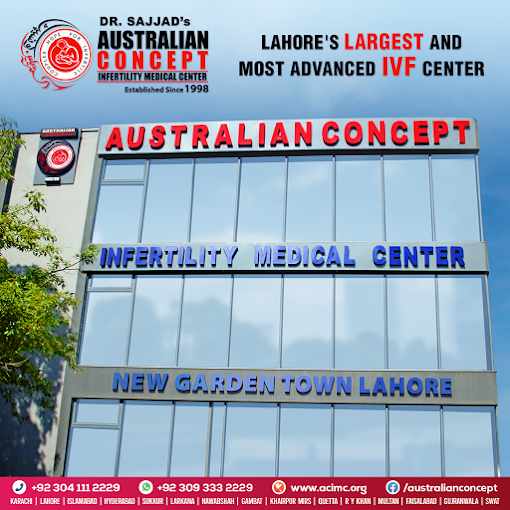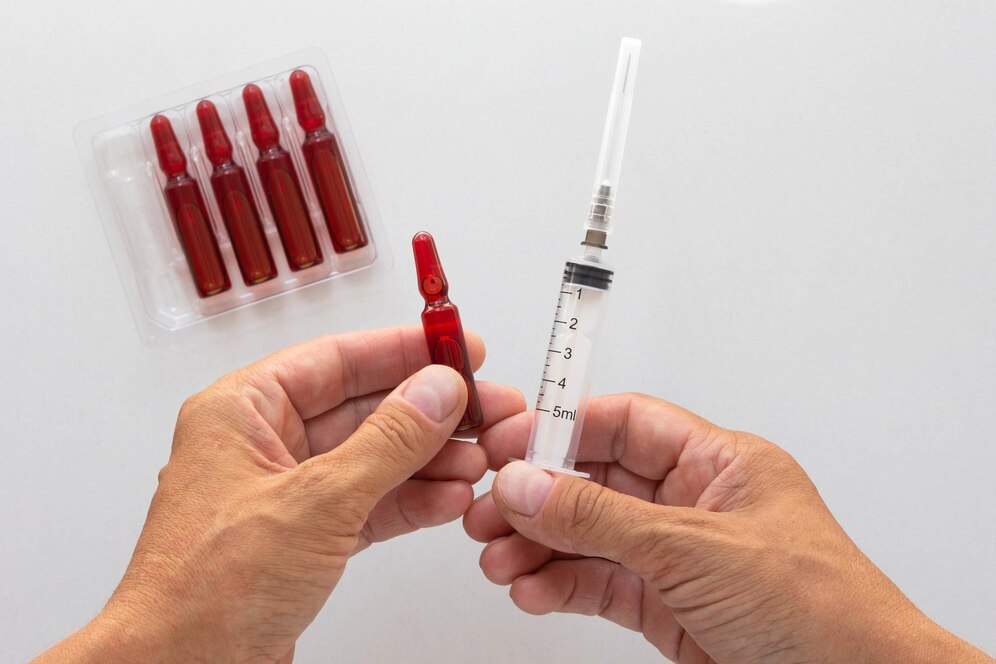Introduction
Lung cancer is a serious disease that affects many people worldwide. When diagnosed early, surgery is often one of the best treatment options. But how does a lung cancer surgeon decide the best surgical approach for a patient? The decision is not simple. It involves several factors, including the type of lung cancer, its stage, the patient’s overall health, and other medical conditions. In this blog, we will explain how lung cancer surgeons make these critical decisions and what patients can expect from the process.
Note : If you or a loved one needs expert surgical care, consult a trusted Lung Cancer Surgeon Dubai today. Early diagnosis and the right treatment can make all the difference. Contact a specialist now to discuss the best surgical options for your health and recovery
Understanding Lung Cancer and Surgery

What is Lung Cancer?
Lung cancer happens when abnormal cells in the lungs grow uncontrollably. There are two main types of lung cancer:
- Non-Small Cell Lung Cancer (NSCLC): This is the most common type, accounting for about 85% of cases. It grows slower than small cell lung cancer.
- Small Cell Lung Cancer (SCLC): This type is more aggressive and spreads quickly. Surgery is usually not an option for this type unless diagnosed very early.
Why is Surgery Needed for Lung Cancer?
Surgery is often the best treatment for lung cancer when the disease is detected at an early stage. The goal of surgery is to remove the cancerous part of the lung before it spreads to other areas. However, not all patients are suitable for surgery, and the surgeon must evaluate multiple factors before making a decision.
Factors a Lung Cancer Surgeon Considers
1. Stage of Lung Cancer
The stage of cancer is one of the most important factors in deciding the surgical approach. The stages are:
- Stage 1: Cancer is small and has not spread outside the lung. Surgery is usually the best option.
- Stage 2: Cancer has spread to nearby lymph nodes. Surgery is often recommended, sometimes combined with chemotherapy or radiation.
- Stage 3: Cancer has spread to more lymph nodes or other areas in the chest. Surgery might be an option, but usually with additional treatments.
- Stage 4: Cancer has spread to distant organs. Surgery is not recommended, and other treatments like chemotherapy or immunotherapy are used instead.
2. Type and Location of Tumor
The size and position of the tumor also play a crucial role. If the tumor is in the outer part of the lung, it may be easier to remove with surgery. However, if it is located near major blood vessels or airways, surgery may be more complicated or even impossible.
3. Patient’s Overall Health
A patient must be strong enough to handle lung surgery. Surgeons will check:
- Lung Function: Patients need enough healthy lung tissue to breathe properly after surgery.
- Heart Health: Lung surgery is a major procedure, and a healthy heart is important for recovery.
- Other Medical Conditions: Conditions like diabetes, high blood pressure, or kidney disease can affect surgery outcomes.
4. Possible Risks and Complications
Every surgery has risks. A lung cancer surgeon will weigh the benefits of surgery against potential complications, such as:
- Infection
- Bleeding
- Breathing problems after surgery
- Blood clots If the risks are too high, the surgeon may suggest alternative treatments.
Types of Lung Cancer Surgery
1. Lobectomy – Removing One Lobe of the Lung
The lungs have different sections called lobes. The right lung has three lobes, and the left lung has two. A lobectomy removes only the affected lobe while leaving the rest of the lung intact. It is the most common surgery for lung cancer when the disease is in its early stages.
2. Pneumonectomy – Removing the Whole Lung
If cancer has spread throughout an entire lung, the surgeon may remove the whole lung. This is a more complex surgery and is only done if absolutely necessary. Patients who undergo a pneumonectomy need strong heart and lung function to compensate for the loss of one lung.
3. Segmentectomy or Wedge Resection – Removing a Small Part of the Lung
These procedures remove only a small portion of the lung. They are an option for patients who cannot undergo a lobectomy due to poor lung function or other health issues. However, they are generally not as effective as a lobectomy in preventing cancer recurrence.
4. Sleeve Resection – Removing a Part of the Airway and Rejoining the Lung
If a tumor is located near the main bronchus (the large airway leading into the lung), a sleeve resection may be performed. The surgeon removes part of the bronchus and reconnects the remaining parts. This surgery helps preserve as much lung function as possible.
How a Surgeon Chooses the Best Surgical Approach
Step 1: Detailed Medical Examination
The surgeon will conduct several tests to assess the patient’s condition, including:
- CT Scan and MRI: To check the exact size and location of the tumor.
- PET Scan: To determine if cancer has spread.
- Pulmonary Function Tests: To check lung capacity and function.
- Blood Tests: To evaluate overall health and organ function.
Step 2: Discussion with the Medical Team
Lung cancer treatment often involves a team of specialists, including oncologists, radiologists, and pulmonologists. The surgeon will consult with them to determine the best treatment plan.
Step 3: Considering the Best Outcome for the Patient
The surgeon aims to remove as much cancer as possible while preserving lung function. They will choose the least invasive but most effective method.
What to Expect After Surgery
1. Hospital Stay and Recovery
Most patients stay in the hospital for a few days after lung surgery. They are monitored for any complications. Full recovery can take several weeks to months.
2. Breathing Exercises and Physical Therapy
Since lung capacity may be reduced after surgery, patients are encouraged to do breathing exercises to strengthen their lungs. Walking and light activities also help in recovery.
3. Follow-up Appointments and Monitoring
Regular check-ups are necessary to ensure cancer has not returned. Patients may also need additional treatments like chemotherapy or radiation, depending on their condition.
Conclusion
A lung cancer surgeon carefully evaluates many factors before deciding on the best surgical approach. The stage of cancer, the tumor’s location, the patient’s overall health, and possible risks all play a role in the decision-making process. The goal is always to remove cancer while ensuring the best possible quality of life for the patient. If you or a loved one has been diagnosed with lung cancer, speaking to a skilled lung cancer surgeon can help you understand your treatment options and make the best choice for your health.
If you have any questions or concerns, always consult a healthcare professional for guidance. Early detection and proper treatment can make a significant difference in lung cancer outcomes.
For more insightful articles related to this topic, feel free to visit : viewsparrow.com













